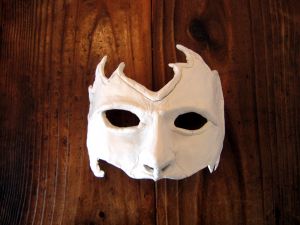 There has been a lot of discussion recently about the advantages of technology when it comes to fighting fraud in general and insurance fraud in particular. The analysis of large amounts of digital information in a relatively short time can lead to better, more informed, decisions by businesses large and small, and provide a better means to ascertain, and prevent, fraudulent behavior. The increased use of digital information leaves a bigger trail. Social media, emails, digital photos, all leave noticeable footprints with more information than the creator may know, or may have intended. It can be used to track fraud, but it also can be used to track the tracker.
There has been a lot of discussion recently about the advantages of technology when it comes to fighting fraud in general and insurance fraud in particular. The analysis of large amounts of digital information in a relatively short time can lead to better, more informed, decisions by businesses large and small, and provide a better means to ascertain, and prevent, fraudulent behavior. The increased use of digital information leaves a bigger trail. Social media, emails, digital photos, all leave noticeable footprints with more information than the creator may know, or may have intended. It can be used to track fraud, but it also can be used to track the tracker.
There were two recently published articles that relate to this problem; one from a business, and one from a scientific, point of view.
The first article, published in the June 1-2 Weekend Edition of the Wall Street Journal and written by Justin Baer, William Launder, and Matthias Rieker, concerned the dispute Goldman Sachs Group Inc. and J.P. Morgan Chase & Co., have had with Bloomberg LP over the sharing of customer data. Both Goldman Sachs and J.P. Morgan Chase subscribe to Bloomberg’s financial terminals, found on trading floors, which provide real-time financial data and analytical tools, as well as news and a messaging function that allows traders to chat in real-time with other traders logged onto the terminals. According to the article, Bloomberg allowed reporters in its news division to access the subscriber usage data for the terminals, which let them see which individual subscribers were logged on at any given time, when a subscriber was last logged on, and how often he accessed certain functions. The Bloomberg reporters used this customer data as a basis to question Goldman Sachs and J.P. Morgan Chase on major news events regarding each. For example, in 2012, J.P. Morgan Chase suffered big trading losses in its London office. Bloomberg reporters used the fact that some employees involved in the losses had not logged on to the Bloomberg terminals, as a basis to question J.P. Morgan about whether those employees had left the company. Similarly, a Bloomberg reporter called Goldman Sachs’ Hong Kong Office this past April to ask about a partner at the firm that had not recently logged on to the Bloomberg Terminal. As a result of the disputes, J.P. Morgan reportedly removed some of the data terminals from its trading floors, though Goldman Sachs has not done so.
 New York Business Lawyer Blog
New York Business Lawyer Blog


 There is no shortage of trial attorneys in New York, or around the country. What makes a good trial attorney, however, is open to debate. How to become one is even more difficult to define. Is it something you can master through hard work and perseverance; is it something you have to have a natural aptitude for; or is it some combination of both? As we previously discussed, there is a lot of practice involved in
There is no shortage of trial attorneys in New York, or around the country. What makes a good trial attorney, however, is open to debate. How to become one is even more difficult to define. Is it something you can master through hard work and perseverance; is it something you have to have a natural aptitude for; or is it some combination of both? As we previously discussed, there is a lot of practice involved in 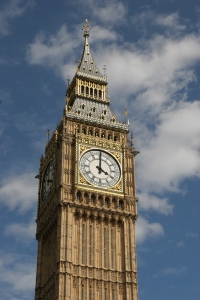 In our last article, we began a discussion about
In our last article, we began a discussion about  Insurance fraud is a widespread problem, in New York, throughout the United States, and around the world. It involves many different types of insurance claims. Insurance fraud can be found in first-party claims, where the insured is seeking to recover more than he otherwise would be entitled to under his own policy, be it a homeowner’s, business owner’s or other commercial lines policy, or an automobile policy. It also can be found in third-party claims, where claimants seek to recover from the insured’s liability carrier for loss or damage that did not occur, which the insured did not cause, or for exaggerated or pre-existing damage or injuries. Its impact is well known: Insurance carriers incur higher costs, including expenses to investigate and defend against fraudulent claims, higher claims payments and lower premium income. The Coalition Against Insurance Fraud estimates that
Insurance fraud is a widespread problem, in New York, throughout the United States, and around the world. It involves many different types of insurance claims. Insurance fraud can be found in first-party claims, where the insured is seeking to recover more than he otherwise would be entitled to under his own policy, be it a homeowner’s, business owner’s or other commercial lines policy, or an automobile policy. It also can be found in third-party claims, where claimants seek to recover from the insured’s liability carrier for loss or damage that did not occur, which the insured did not cause, or for exaggerated or pre-existing damage or injuries. Its impact is well known: Insurance carriers incur higher costs, including expenses to investigate and defend against fraudulent claims, higher claims payments and lower premium income. The Coalition Against Insurance Fraud estimates that 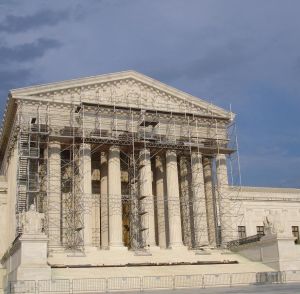 Did you ever wonder what makes a trial attorney? Trials are strange, unique things that everyone seems to have an opinion on: An opinion on the outcome, the evidence, the witnesses, the jurors, and the lawyers; especially the lawyers. They did a good job; they did a bad job; can you believe they asked that question? How could the lawyer let that witness testify? What was he thinking? Everyone has heard the criticism, the
Did you ever wonder what makes a trial attorney? Trials are strange, unique things that everyone seems to have an opinion on: An opinion on the outcome, the evidence, the witnesses, the jurors, and the lawyers; especially the lawyers. They did a good job; they did a bad job; can you believe they asked that question? How could the lawyer let that witness testify? What was he thinking? Everyone has heard the criticism, the  When an insurance company provides liability coverage, in New York or elsewhere, it most often provides an attorney to defend its insured against lawsuits for risks covered under the policy it issued. This is true whether the insured is covered by an automobile policy, homeowner’s policy, business-owner’s or BOP policy, or title insurance policy; if the allegations against the insured are covered by the policy, the insurer will retain counsel to defend the insured against those same claims. The attorney can be in-house counsel or outside counsel retained by the insurance company on a case by case basis. Who this counsel, often called “retained counsel” or “assigned counsel” represents, may surprise you. The answer is something every carrier, claims adjuster, and policyholder in New York should remember: The insured. In assigning counsel to defend an insured, the insurance company should be careful to select one that knows, and follows, this rule.
When an insurance company provides liability coverage, in New York or elsewhere, it most often provides an attorney to defend its insured against lawsuits for risks covered under the policy it issued. This is true whether the insured is covered by an automobile policy, homeowner’s policy, business-owner’s or BOP policy, or title insurance policy; if the allegations against the insured are covered by the policy, the insurer will retain counsel to defend the insured against those same claims. The attorney can be in-house counsel or outside counsel retained by the insurance company on a case by case basis. Who this counsel, often called “retained counsel” or “assigned counsel” represents, may surprise you. The answer is something every carrier, claims adjuster, and policyholder in New York should remember: The insured. In assigning counsel to defend an insured, the insurance company should be careful to select one that knows, and follows, this rule. 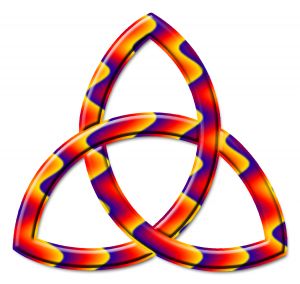 Trial practice is well-named; it involves a large amount of practice. How you practice and prepare, though, is often just as important as whether you do so at all.
Trial practice is well-named; it involves a large amount of practice. How you practice and prepare, though, is often just as important as whether you do so at all. In our last article, we spoke about
In our last article, we spoke about 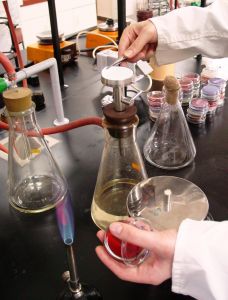 Trials are fascinating. People love to watch them. Crime dramas, police stories, and shows that feature the ins and outs of a law firm, and the lawyers that make it work, have filled prime time TV for generations. Just about everyone has their favorite. Trials, which form a big part of each, are just as interesting from the inside. In New York, there are intricate rules of evidence; the subtleness of persuasion without overt argument, as in a finely hewn opening statement; the art of insightful cross examination; and the passion of a good closing argument. But one of the most often misunderstood aspects of the trial is the expert witness, and the role she plays in persuading a jury and winning the case.
Trials are fascinating. People love to watch them. Crime dramas, police stories, and shows that feature the ins and outs of a law firm, and the lawyers that make it work, have filled prime time TV for generations. Just about everyone has their favorite. Trials, which form a big part of each, are just as interesting from the inside. In New York, there are intricate rules of evidence; the subtleness of persuasion without overt argument, as in a finely hewn opening statement; the art of insightful cross examination; and the passion of a good closing argument. But one of the most often misunderstood aspects of the trial is the expert witness, and the role she plays in persuading a jury and winning the case.  We are going to pick up where we left off in our last article on
We are going to pick up where we left off in our last article on